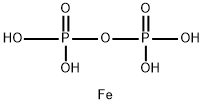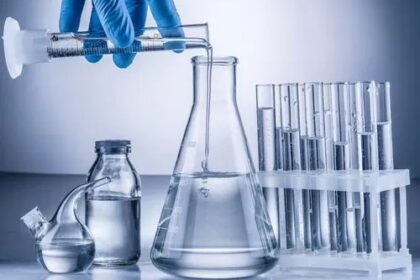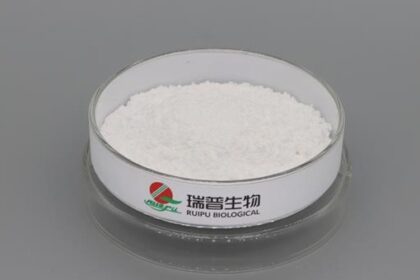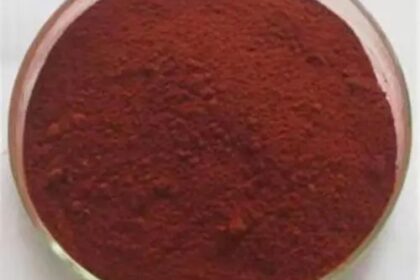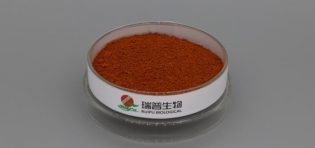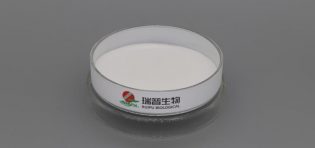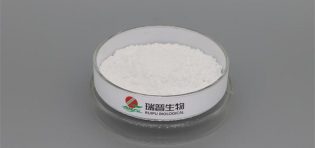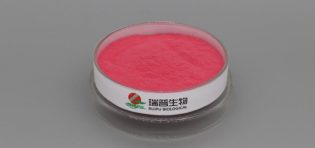
Natural taurine powder mainly exists in the form of a free amino acid, widely distributed across various tissues in humans and animals. Here are the specific distribution characteristics:
Distribution Locations:
Taurine is present in the brain, heart, liver, kidneys, ovaries, uterus, skeletal muscles, blood, saliva, and milk of both humans and animals.
It is particularly concentrated in tissues such as the pineal gland, retina, pituitary gland, and adrenal glands.
Content Levels:
Organs of mammals, such as pig heart, pig brain, and pig liver, are rich in taurine. However, these foods have high-fat content, which might not be suitable for individuals with hypertension or hyperlipidemia if consumed in excess.
Marine animals, like shrimp, sea snails, and scallops, contain abundant taurine and are also rich in protein and calcium.
Intracellular and Extracellular Distribution:
Taurine in the body is almost entirely in the free form, with most of it located intracellularly. The ratio of intracellular to extracellular concentration is between 100:1 and 50,000:1.
The total taurine content in the human body is about 12-18 grams, with most of it present in skeletal muscles. The ratio of taurine concentration between myocardial cells and serum is 200:1.
Nutrition and Function:
Taurine is considered a conditionally essential amino acid. It does not participate in the biosynthesis of proteins but is closely related to the metabolism of cystine and cysteine.
Taurine exhibits various physiological activities and nutritional effects, such as anti-inflammatory, antipyretic, analgesic, sedative, antibacterial, and immune-enhancing functions.
Natural taurine powder, existing as a free amino acid, is widely distributed in animal tissue cells, with particularly high concentrations in marine animals and significant levels in mammalian tissues. This taurine plays a crucial role in maintaining normal physiological functions in the human body.

